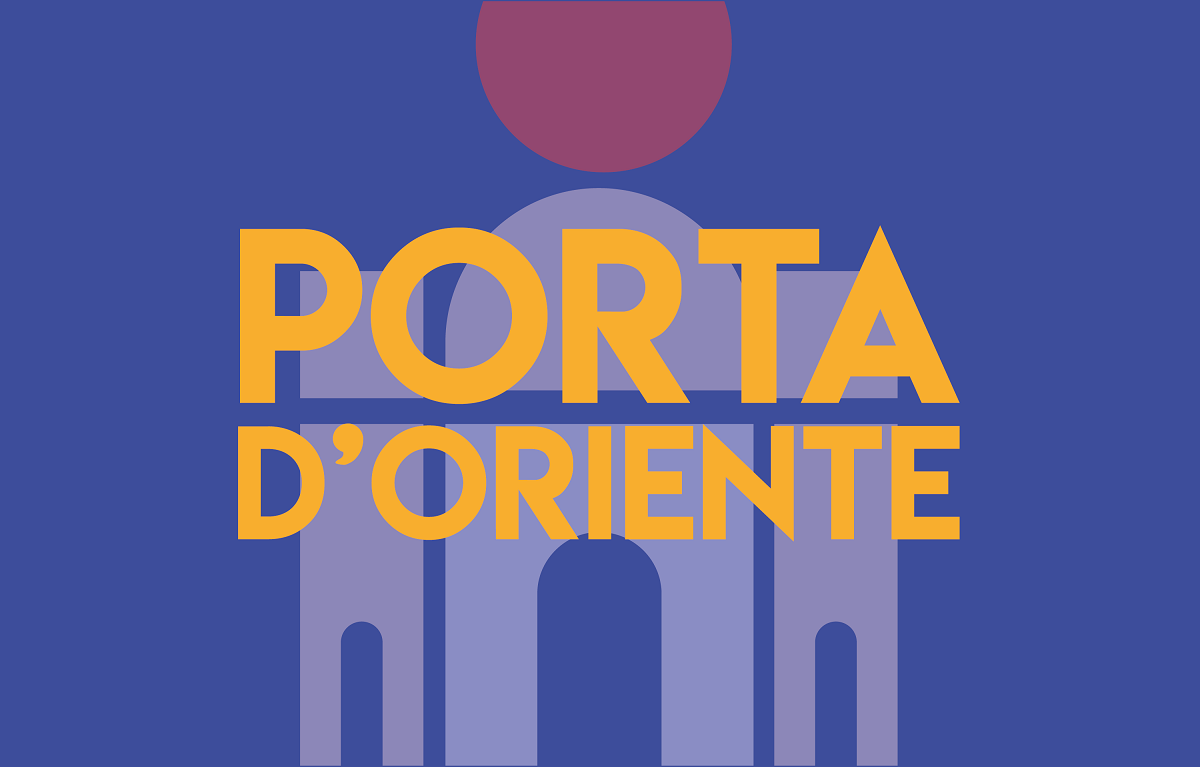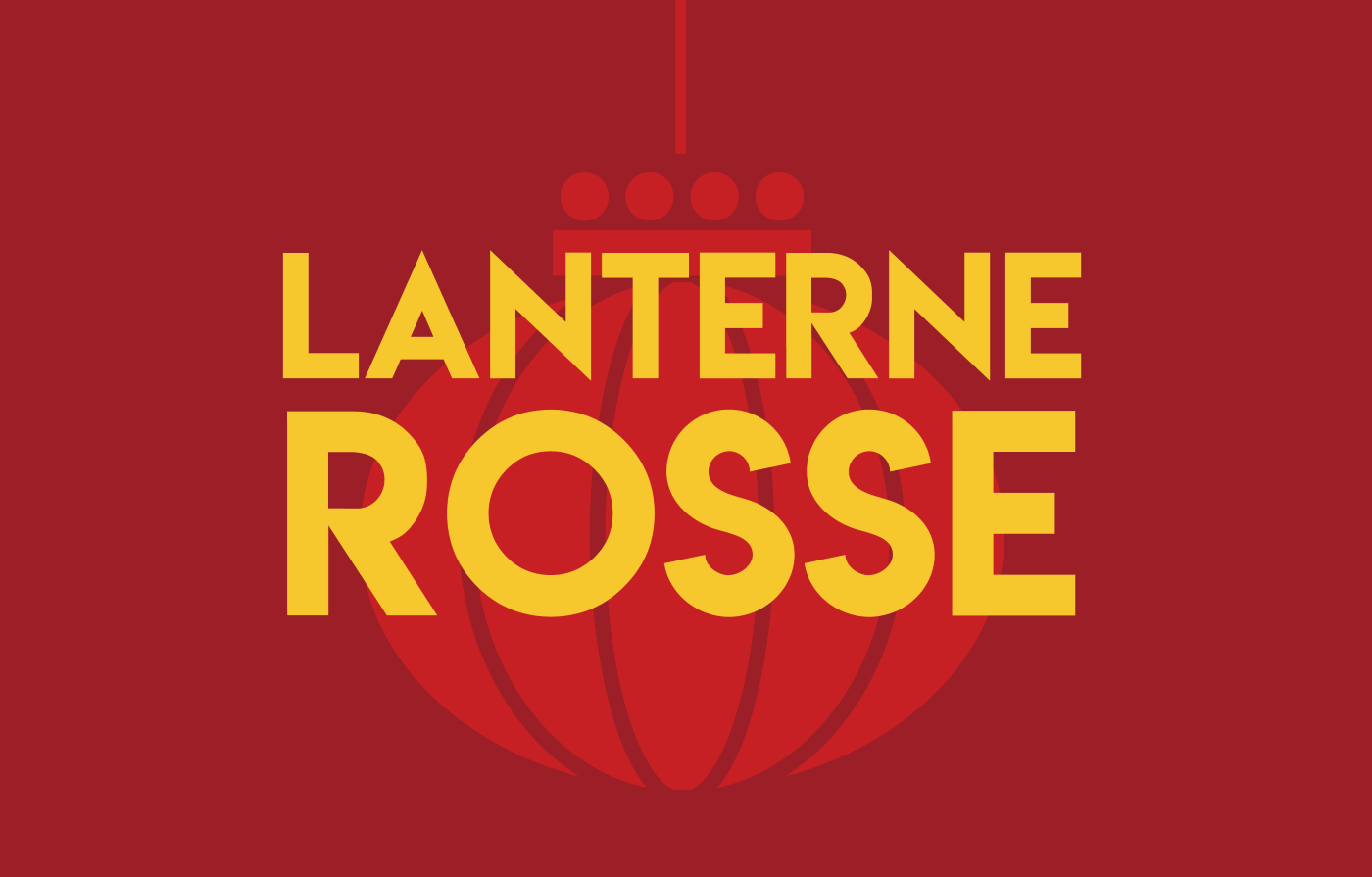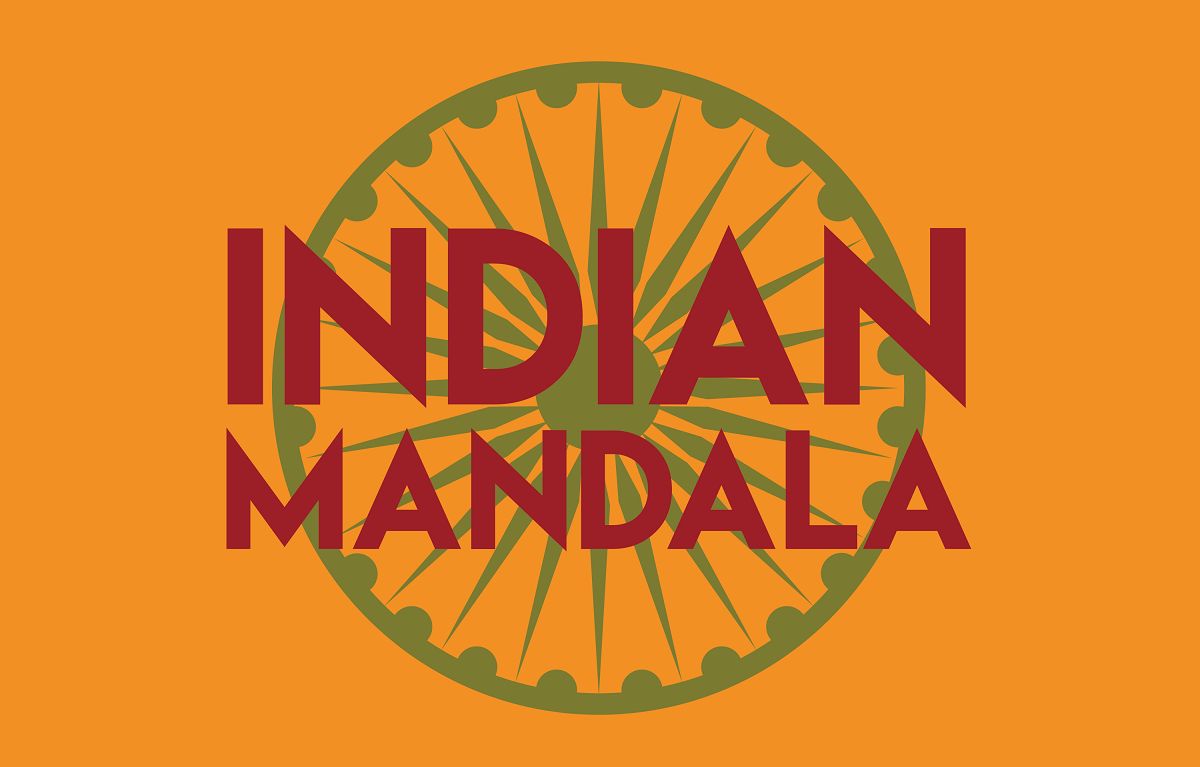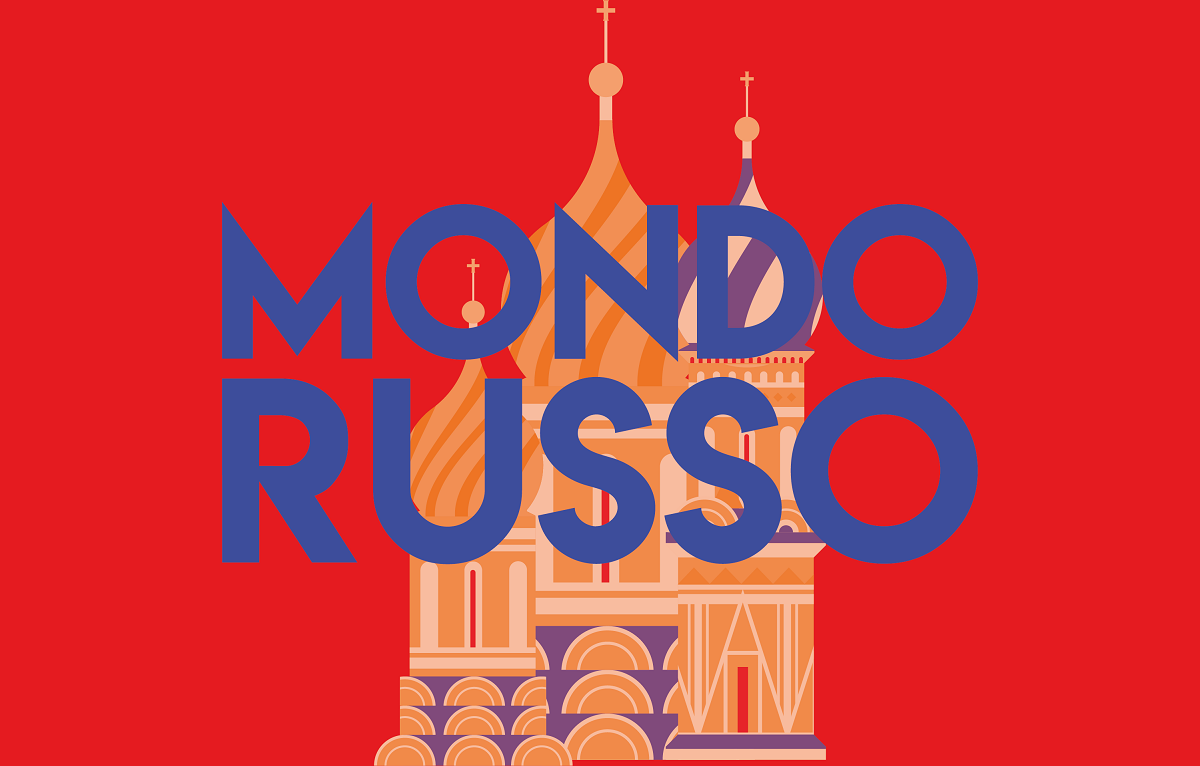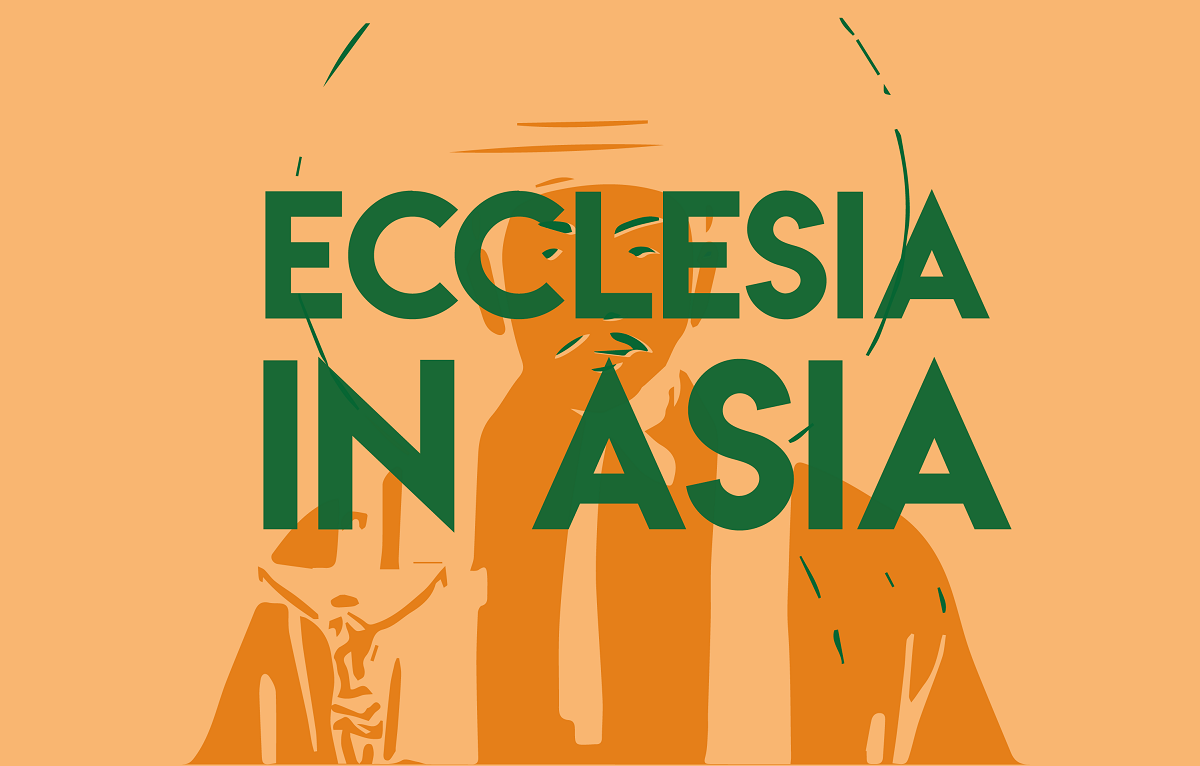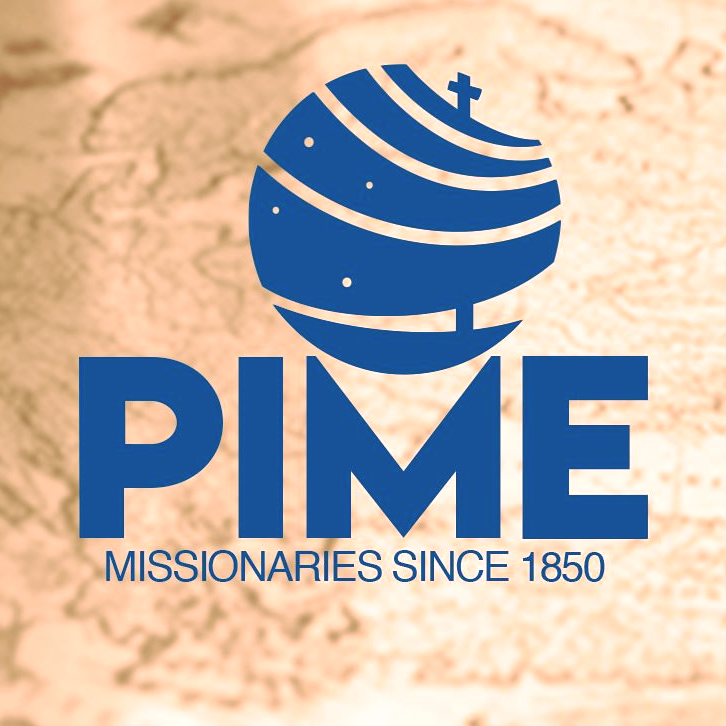The treasure of the Eastern churches
As the parodies of peace negotiations between Russia, Ukraine and America continue—most recently marked by the failed attempt to bring Putin and Zelenskyy together in Istanbul—Pope Leo XIV has directed an appeal to the Christians of the East: “Who more than you can sing words of hope in the abyss of violence?”
The inscrutable ways of Divine Providence led to Pope Leo XIV’s first audience in the Paul VI Hall being granted to representatives of the Eastern Catholic Churches, who had gathered in Rome for a Jubilee planned for this very week. Throughout the city, solemn liturgies have been celebrated in the various rites: Byzantine (Greek, Slavonic, Albanian, Romanian, and Arabic-Melkite), African Coptic, Syriac, Lebanese Maronite, Iraqi Chaldean, Indian Malabar, and many others. These were presided over by bishops and patriarchs of the 26 Eastern Churches sui iuris, which fall under the remit of the Dicastery for the Eastern Churches.
This occasion, just one week after the conclave that surprised the world with the election of a North-and-South American pope—perhaps the most Western of all cardinals—was a powerful display of the Church’s universality and the deep spirituality of the Christian world as a whole, qualities so well embodied by Pope Prevost. He opened the gathering with the traditional Easter greeting of the East: Christ is Risen – He is Risen Indeed!, fitting for such an intense Jubilee year in which Easter fell on the same date for both Catholics and Orthodox alike, deepening the shared sense that Christ died for all humanity, without distinction of latitude, history or culture.
The great audience hall was filled with pastors and faithful from across the Eastern Christian world, adorned in diverse garments and colours, bearing symbols and banners. The yellow and blue of Ukraine stood out most prominently—home to the most significant Eastern-rite Catholic Church, descended from the community of Russian Orthodox in Poland who entered into union with Rome in 1596, following the decision made more than a century earlier at the Council of Florence in 1439, the most historically significant event in Catholic-Orthodox dialogue. Ukrainians have long had a presence in Rome, not only due to the recent tragedies, but also through long-established communities of clergy and faithful dating back to the last century, when war and Soviet totalitarianism forced a vast Ukrainian diaspora across the world. In Rome, after many years in Soviet camps, the Metropolitan and Major Archbishop of the “Uniates” of Lviv, Josyf Slipyj, was exiled and helped rebuild the entire pastoral and administrative structure of the persecuted Church on the outskirts of the city. His remains now rest in the Cathedral of Saint Sophia on the Via Boccea, a replica of the original cathedral of Kievan Rus' Christianity.
Pope Leo recalled the three reasons why “you are precious”, addressing the Eastern Catholics: “I think of the diversity of your origins, your glorious history, and the harsh suffering that many communities have endured and still endure.” The suffering is indeed endless—these Churches have borne the brunt of East-West tensions since the days of the early Councils and the division of the Roman Empire at the time of the barbarian invasions, through the Latin-Byzantine struggles for control of the European heartlands and the Slavic peoples, to the Great Schism of 1054. In the second millennium, as the Roman papacy grew dominant in Europe, the Orthodox found themselves long oppressed by the Tatar-Mongols and the Ottomans, often sacrificing themselves for the salvation of other Christian peoples. Attempts at reunion with Rome were marred by conflict, martyrdom and bitterness, starting with the Latin sack of Constantinople in the 13th century, which led the Greeks to declare they “preferred the Muslim turban to the papal tiara.”
It is a deep and painful history between Eastern and Western Christians, but also one of glory, filled with “unique spiritual and intellectual traditions that have much to teach us about Christian life, synodality and liturgy, from the ancient Fathers to the Councils and monasticism—priceless treasures for the Church”, as the American pope reminded us. Indeed, Eastern Christianity shaped the entire first millennium of Church history, when the Roman pope had only a marginal role compared to the patriarchs of the Byzantine Empire. Eastern monasticism also inspired the West—St Basil’s rule served as a model for St Benedict, helping re-evangelise a continent in disarray after the fall of the Western Roman Empire. The Great Church of Hagia Sophia in Constantinople was the cornerstone of early liturgical tradition: even in Milan, St Ambrose attempted to emulate the formulas of the Cappadocian Fathers, developing the important Ambrosian rite according to Eastern canons, centuries before the establishment of the papal Roman rite.
In the early Middle Ages, it was the Eastern Churches—especially through monasticism—that led universal Christianity, teaching the mystery of faith through mystagogy, as Pope Leo recalled. Christianity was lived as an experience of wonder, of self-emptying to enter into divine communion, as taught in the hesychastic tradition of Mount Athos and later developed further in Russian monasticism. This tradition has never faded and has long inspired Latin religious orders, including the Augustinians of Pope Prevost himself—a congregation rooted in the patristic period of the great St Augustine. Quoting a prayer by St Ephrem the Syrian, the Pope expressed his desire to see the “cross as a bridge over death”, an extraordinary definition of the role of the pontiff, so often invoked in these early days of his Petrine ministry.
After years of the “synodal journey” proposed by Pope Francis, it is now especially important to rediscover the conciliar, ecclesial nature of the Eastern Churches. Even when recognising the pope as supreme authority, they are governed in a communal and synodal way, choosing their hierarchs autonomously—as in the autocephalous Orthodox Churches. Eastern Catholics, too, are self-governing, under the Roman Dicastery, seeking papal confirmation of their decisions. Sometimes they even turn to the drawing of lots to select their patriarch, just as the apostles did to complete their number by choosing Matthias to replace Judas. Laypeople, both men and women depending on the tradition, play an active role in Eastern synodality. The only council in Church history where laypeople outnumbered clergy was the Moscow Council of 1917, which restored the Orthodox Patriarchate and sought sweeping reforms—sadly crushed by the new Bolshevik regime. It is no coincidence that the Russians developed the philosophical-religious concept of Sobornost, the “conciliar communion” as a foundational element of Church and human society.
The meeting with the Eastern Churches also highlighted another reason for Cardinal Robert Francis Prevost’s choice of papal name, Leo XIV—beyond the echo of his predecessor at the end of the 19th century, who sought to confront the industrial revolution and the modern world with the 1891 encyclical Rerum Novarum, a document which today inspires reflection on the new technological, digital, and artificial revolution. Just three years later, Pope Leo XIII also penned the apostolic letter Orientalium Dignitas, quoted during Wednesday’s audience, in which he wrote: “The preservation of Eastern rites is more important than is commonly thought,” going so far as to decree that “any Latin missionary, whether secular or regular clergy, who attempts by advice or assistance to induce an Eastern Christian to adopt the Latin rite, shall be removed and excluded from office.” It was a decisive moment when the Catholic Church, under a pope born in the Roman countryside, moved beyond the centuries-old stance of so-called “unionism”—which sought to replicate the Florence Council agreements—and began to explore the new path of ecumenism that would define the 20th century.
As the parodies of diplomacy between Russia, Ukraine and America persist, and with the collapse of the potential Istanbul meeting between Putin and Zelenskyy, Pope Leo XIV renewed his appeal to the Eastern Christians: “Who then, more than you, can sing words of hope in the abyss of violence? Who more than you, who know the horrors of war so well, that Pope Francis called your Churches martyrial?” The pope calls us not to see “others as enemies, but as human beings—not evil ones to be hated, but persons with whom to converse… Let us reject the Manichaean visions typical of violent narratives that divide the world into good and evil,” and perhaps also into East and West. As Pope Leo concluded: “The splendour of the Christian East demands, now more than ever, freedom from all worldly dependencies and any tendency contrary to communion, so as to remain faithful in evangelical obedience and witness.”
RED LANTERNS IS THE ASIANEWS NEWSLETTER DEDICATED TO CHINA. WOULD YOU LIKE TO RECEIVE IT EVERY THURSDAY? TO SUBSCRIBE, CLICK HERE.





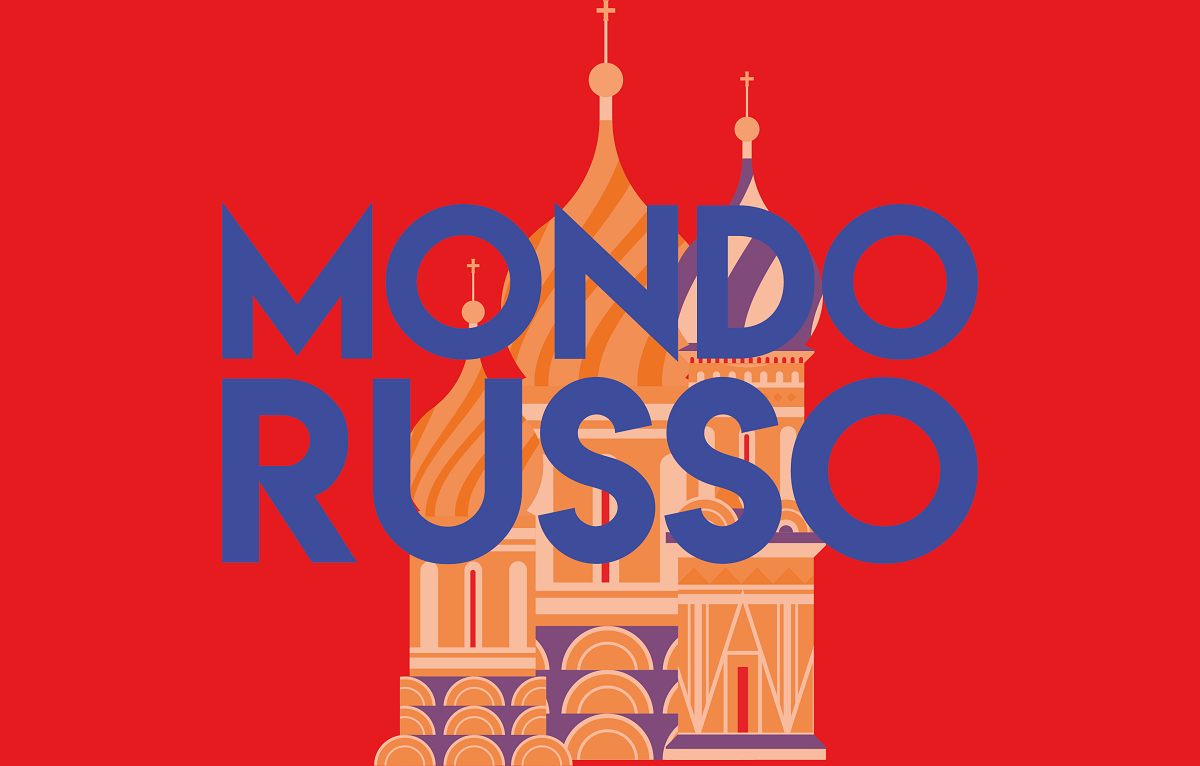

.png)
